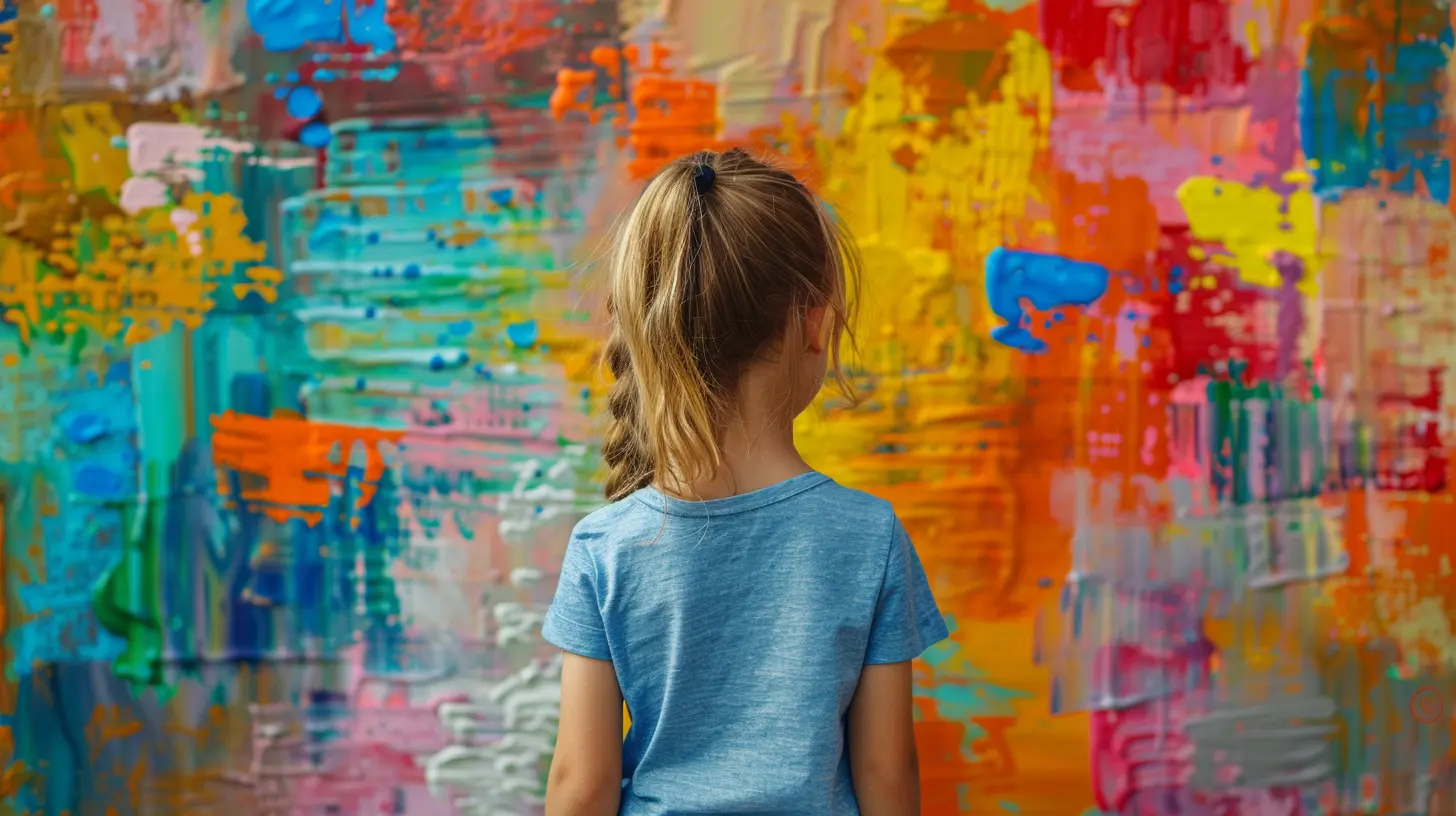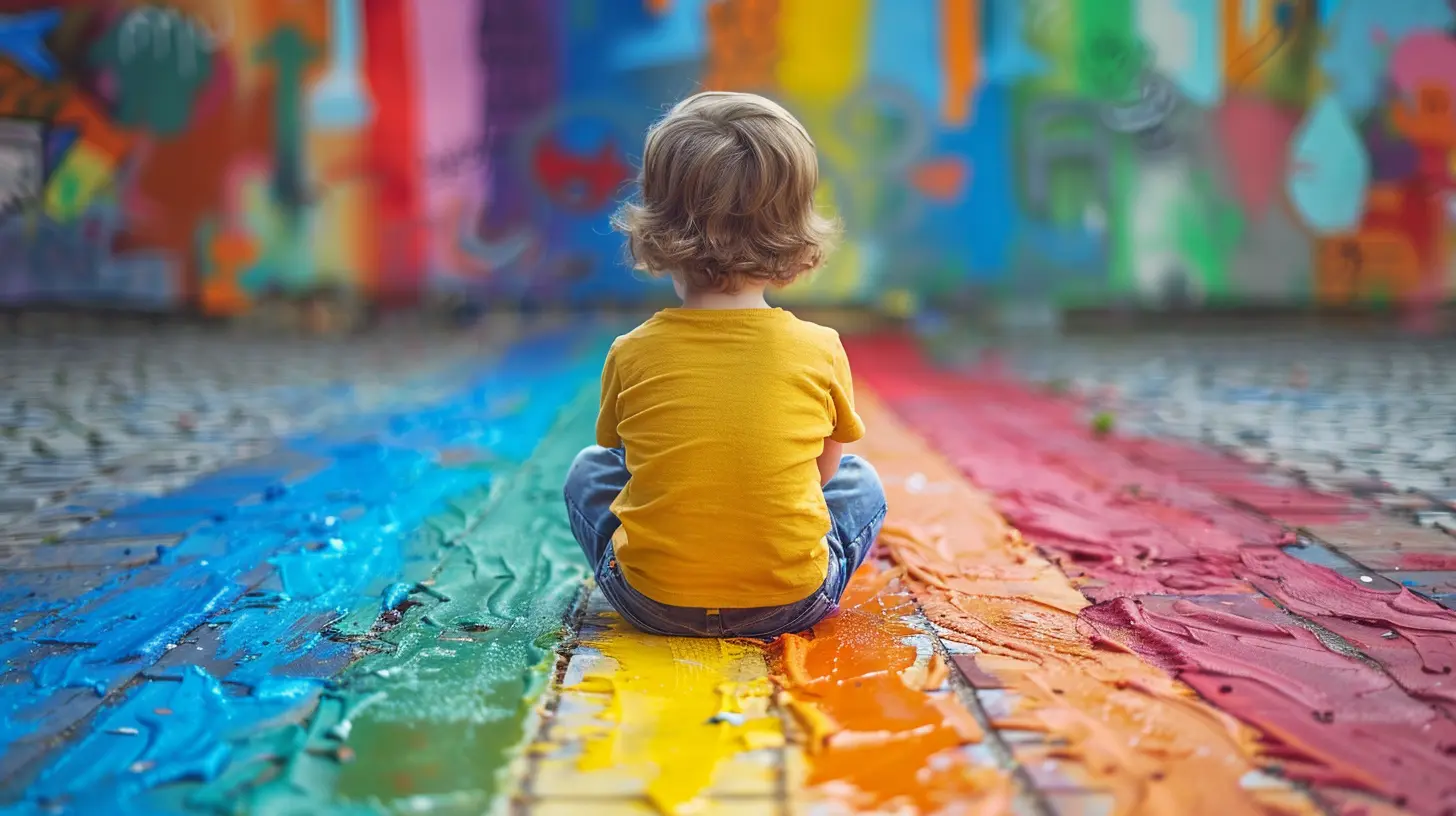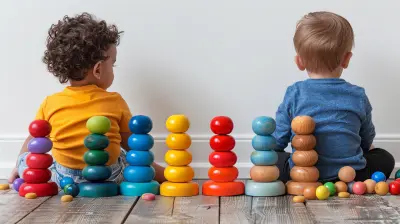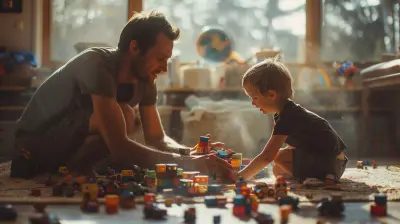Building Confidence in Kids Through Creative Expression
17 November 2025
Confidence—it’s one of those things every parent wants their child to have. We hope our kids will walk into a room with their heads held high, able to speak their minds, try new things, and bounce back from a setback without breaking a sweat. But confidence doesn't just pop up overnight. It has to be nurtured, kindled, and encouraged. And one of the most powerful, often overlooked ways to do that? Creative expression.
You might be thinking, “My kid isn’t the artsy type.” But here’s the thing—creative expression isn’t just about painting pretty pictures or composing music. It’s about giving kids the space and freedom to be themselves, to try, fail, explore, and grow... all while having fun.
In this post, we’ll dig deep into how creative expression builds confidence in children, why it’s so vital, and how you can support your child’s journey—whether they’re an aspiring Picasso or just love doodling stick figures.
Why Confidence Matters
Before we get into the creative stuff, let’s talk about confidence. What is it, and why does it matter so much for kids?Confidence is that inner belief that says, “Hey, I’ve got this.” It’s the secret sauce behind trying out for the school play, raising a hand in class, or even making a new friend at the playground. Confident kids are more likely to stay resilient, take healthy risks, and stand strong in their identity.
But confidence doesn’t magically appear. It’s a skill—and like any skill, it’s built over time, with practice, support, and the right opportunities.
The Connection Between Creativity and Confidence
So where does creative expression come into this picture?Simple. Creativity gives kids a low-pressure, high-reward way to explore who they are. When kids draw, sing, dance, act, or play instruments, they’re not just making art—they’re learning to trust themselves.
Here’s how creativity fuels confidence:
1. Freedom to Be Themselves
Creative activities don’t come with rigid rules. There’s no “wrong” way to draw a tree or write a poem. That freedom gives kids permission to express what they really feel and think. And when their ideas are welcomed and celebrated, it reinforces the message: "What I create matters, and so do I."2. Celebrating Small Wins
Ever watch a child beam with pride after completing a craft project or performing in a talent show? Those little moments matter. Each success—no matter how small—builds a foundation of “I can do this.”3. Turning Mistakes Into Lessons
Let’s face it—creative projects rarely go exactly as planned. (Ever seen glitter go rogue?) But that’s part of the magic. Creativity teaches kids to embrace mistakes, experiment again, and keep going. That kind of resilience is pure gold when it comes to confidence.4. Developing Problem-Solving Skills
Whether it’s figuring out how to build a LEGO castle or improvise in a skit, creativity challenges kids to think outside the box. Solving problems on their own boosts their sense of accomplishment and self-trust.
Forms of Creative Expression That Boost Confidence
You don’t need to enroll your child in an elite art school to get the benefits of creative expression. Everyday activities can open the door to self-discovery and confidence-building. Here are some of the best forms to consider:🎨 Art & Drawing
Art is a beautiful way for kids to express emotions without using words. It’s especially great for little ones who are still figuring out how to communicate complex feelings. Give your child a sketchpad and some crayons, and watch their imagination unfold.Confidence Booster: Display their artwork in the house. It sends a powerful message: “What you create has value.”
🎭 Drama & Role Play
Kids naturally love to pretend. Whether it’s setting up a puppet show or dressing up as a superhero, role-playing lets them explore different personas and build empathy. Plus, performing builds courage (especially in front of an audience!).Confidence Booster: Applaud their pretend performances like they're Broadway-level. Your support is their standing ovation.
🎶 Music & Movement
Singing, dancing, or playing an instrument activates both body and mind. It helps kids discover rhythm, emotions, and coordination—while also letting loose in the best way.Confidence Booster: Create a "stage" at home (even if it's just a cleared-out spot in the living room) for regular dance parties or concerts.
✏️ Writing & Storytelling
Whether it’s keeping a journal, writing funny stories, or dreaming up fairy tales, writing is an incredible outlet. It helps kids organize thoughts, reflect on their day, and discover their unique voice.Confidence Booster: Encourage them to read their stories aloud. Celebrate their originality and applaud their bravery.
🧱 Building & Designing
Using blocks, clay, or even cardboard boxes lets kids create something from scratch. These activities improve spatial awareness and nurture innovation.Confidence Booster: Take photos of their creations and create a "maker gallery" to showcase their work.
How to Encourage Creative Confidence at Home
Now that we know how powerful creativity is for building confidence, let’s talk about how to bring more of it into your daily life. Good news: You don’t need fancy materials or a dedicated art room. All you need is intention and a bit of flexibility.1. Make Time for Creative Play
In our fast-paced world of digital screens and after-school commitments, don’t forget to carve out unstructured time. Whether it’s 20 minutes after dinner or a lazy Sunday morning, give kids the space to just... create.2. Praise the Process, Not Just the Product
It’s tempting to ooh and aah over the final drawing, but real confidence comes from recognizing effort and growth.Try saying:
“Wow, you really focused and tried something new—that’s awesome!”
Instead of: “That’s such a pretty picture.”
3. Let Them Lead
Sometimes, the best thing we can do is step back. Let kids take creative control—even if that means mixing glitter with toothpaste (true story). Supporting their choices tells them their ideas matter.4. Create a Safe Space to Fail
Creating can be messy. It comes with smudges, ripped pages, and do-overs. That’s okay! Show your child that failure isn’t the opposite of success—it's part of it.Share stories of times you messed up and kept going. Laughter makes failure feel less scary.
5. Celebrate Their Unique Voice
Every child has a different story. Some love bold colors; others crave quiet journaling. Don’t compare your child’s creativity to their siblings or friends. Celebrate what makes their voice special.Creative Projects for Every Confidence Level
Not sure where to start? Here are some kid-friendly projects tailored to different comfort zones:For Shy Creatives:
- Start a sketchbook journal- Paint to music and let the rhythm guide them
- Create a vision board with magazine cutouts
For Budding Performers:
- Put on a home puppet show- Record their own “radio” show or podcast
- Choreograph a dance to their favorite song
For Builders and Makers:
- Create paper mache sculptures- Build a "dream house" with recyclables
- Design a mini city with blocks or LEGOs
For Thoughtful Writers:
- Write and illustrate a picture book- Keep a gratitude journal
- Make a comic book strip
When Creativity Meets Real-Life Confidence
Here’s where the magic kicks in. Over time, the confidence kids build through creativity spills into real life. A child who once hesitated to speak out may now perform on stage or lead a group project. Why?Because through creative expression, they’ve learned that:
- Their voice is worth hearing.
- Their ideas are valid.
- Their mistakes are part of the journey.
- They are capable of navigating the unknown.
Just imagine the ripple effect that has at school, on the playground, and beyond.
Final Thoughts: Confidence is Built, Not Born
Your child doesn’t have to be the next Mozart or Frida Kahlo to benefit from creative expression. It’s not about raising a prodigy. It’s about nurturing a confident human being who dares to try, to stumble, and to shine in their own unique way.So break out the paints, crank up the music, invent a wild story, or just dance around the room with a laundry basket on your head. (Don’t knock it ‘til you try it.)
Because when we give kids permission to create, we give them the courage to believe in themselves.
And that’s the kind of confidence that lasts a lifetime.
all images in this post were generated using AI tools
Category:
Building Self EsteemAuthor:

Liam Huffman

